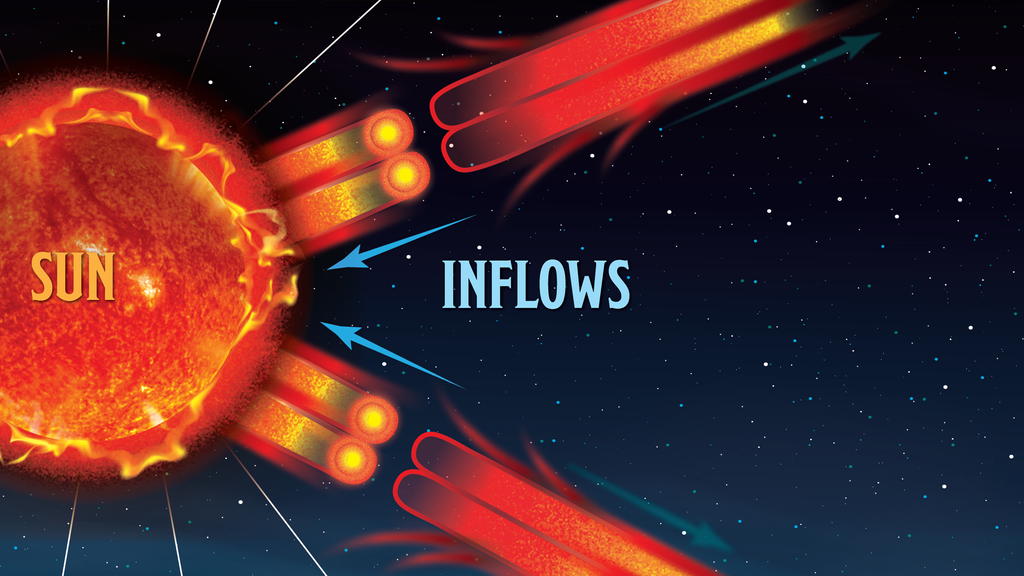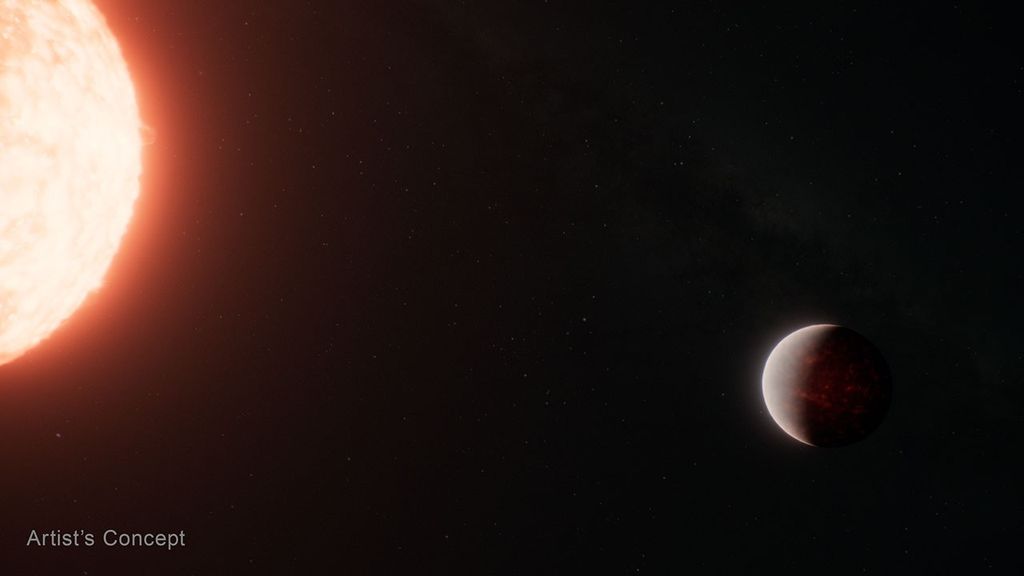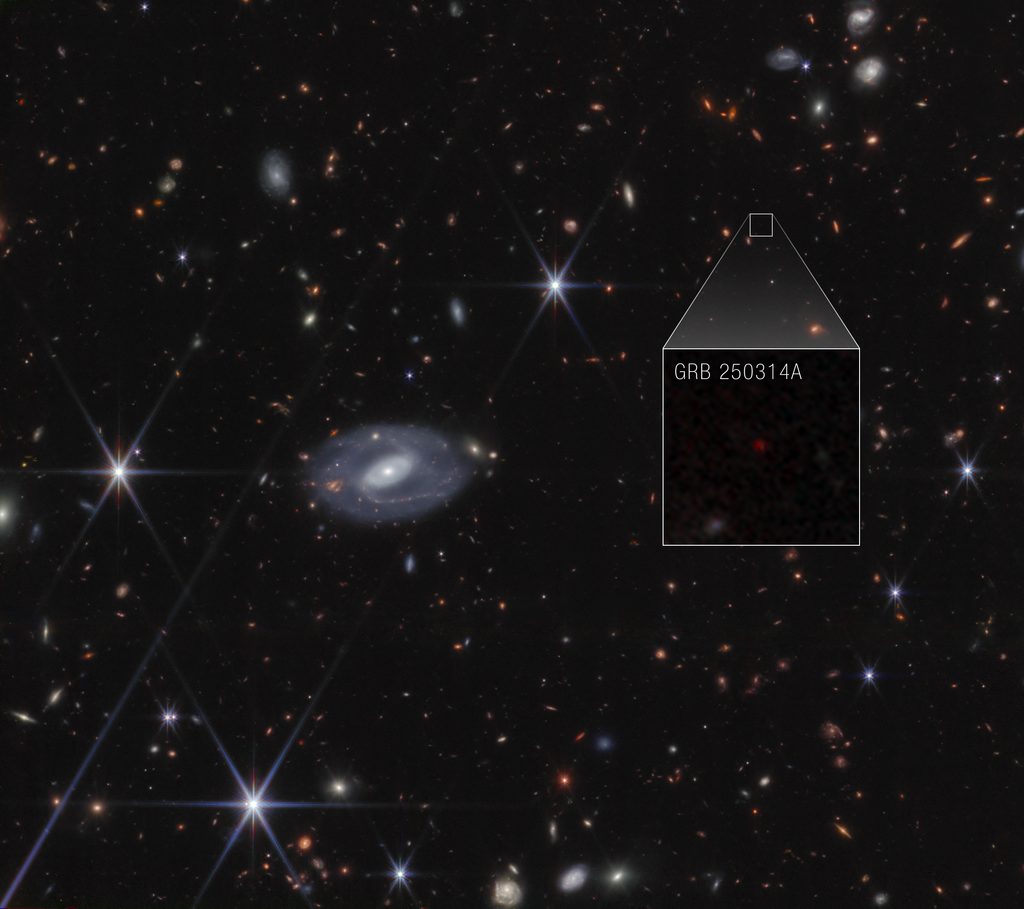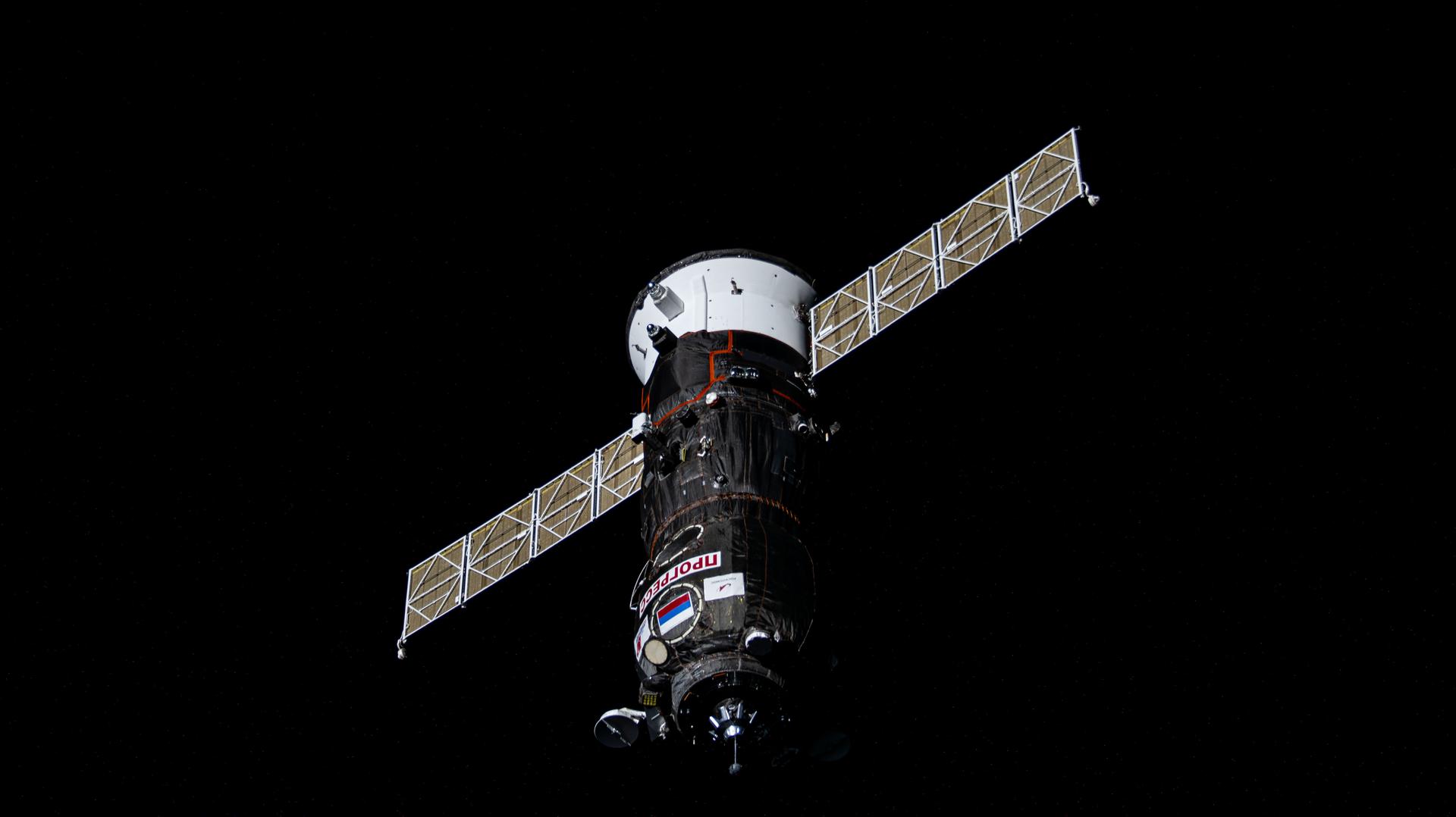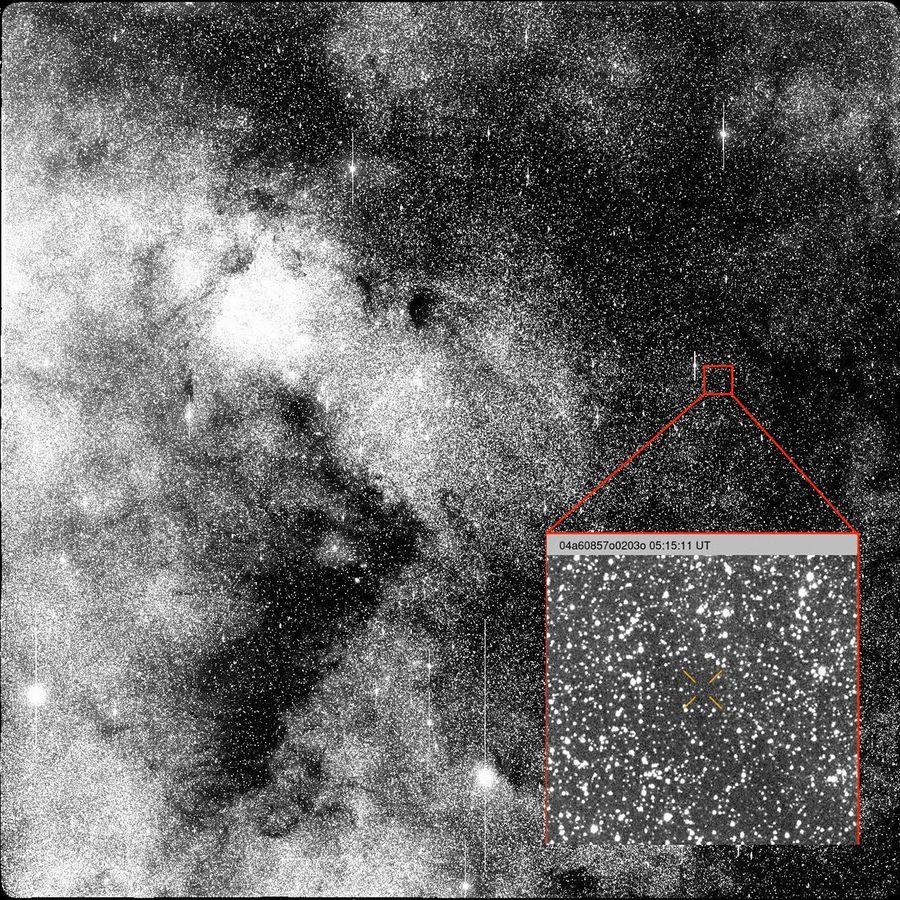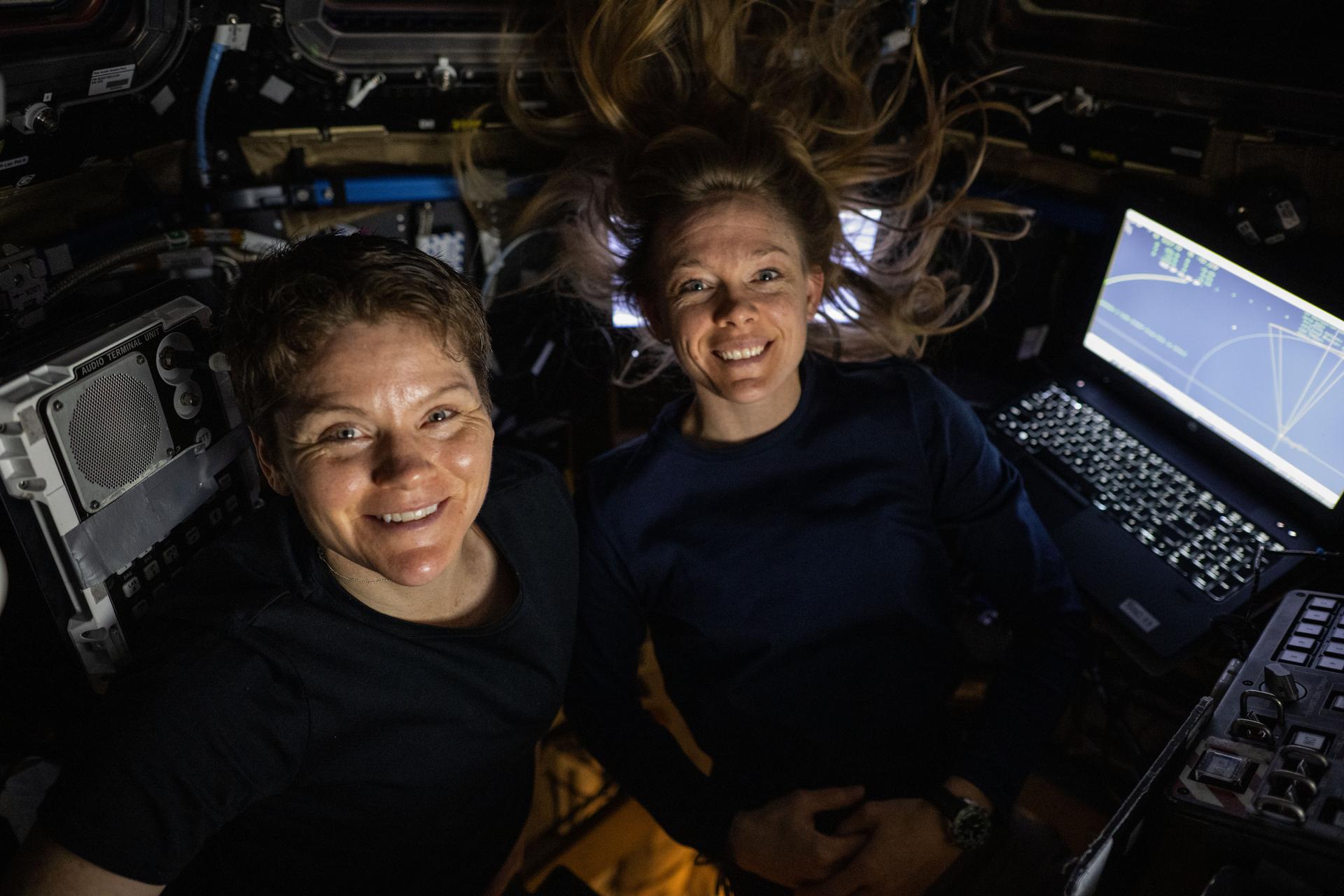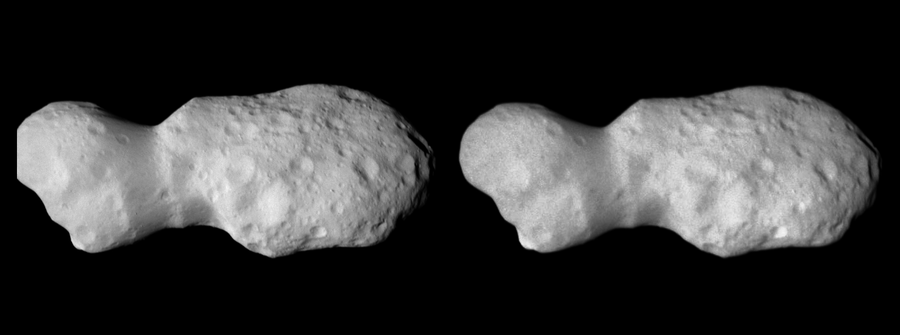The unpiloted Progress 92 spacecraft arrived at the space-facing port of the orbiting laboratory’s Poisk module at 5:25 p.m. EDT, Saturday, July 5. The spacecraft launched at 3:32 p.m. EDT on July 3 (12:32 a.m. Baikonur time, July 4) on a Soyuz rocket from the Baikonur Cosmodrome in Kazakhstan.
Progress Cargo Craft Docks to Station Resupplying Expedition 73










